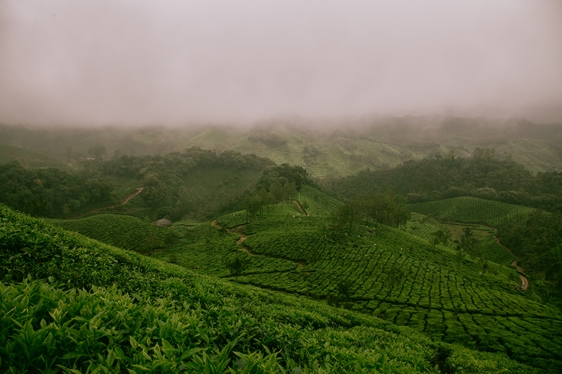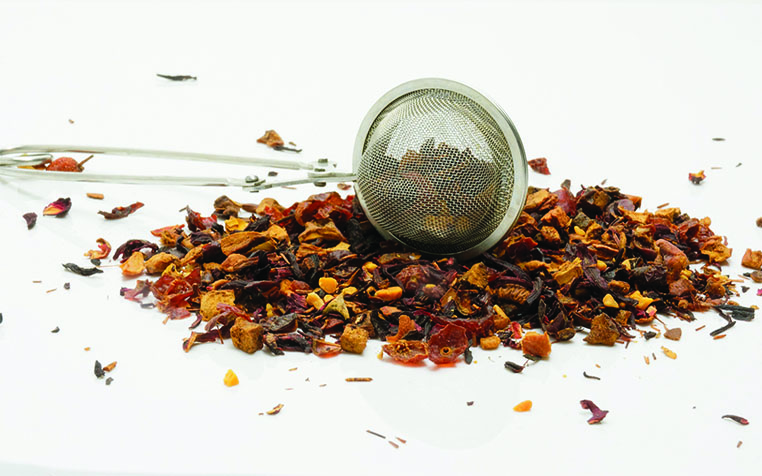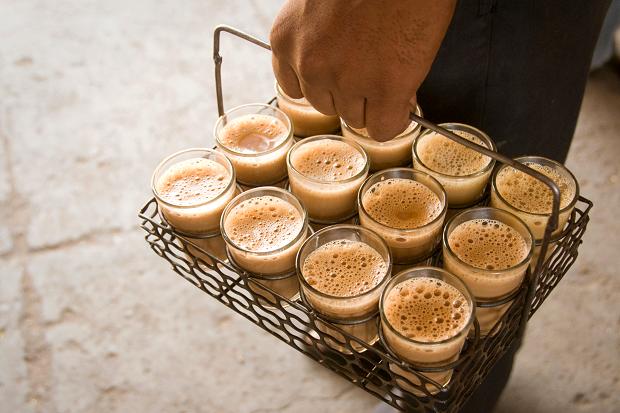
India is one of the largest producers and consumers of tea in the world. Ironically, tea was not originated in the country. The British, through the East India Company, introduced tea in India. Of all the regions that produce tea in India, teas from Assam and Darjeeling are renowned throughout the world today. While a large amount of the tea produced in these regions is consumed in India, quite a bit of it is also exported to other countries.
Assam Tea
The evergreen tea gardens of Assam, are generously watered on the north by the Brahmaputra river. While the southern portion of Assam backs into the Himalayan range.A pronounced black tea is what epitomizes Assam. Rich in texture and flavour, it tantalizes your palate making you sublimely happy. As Assam is a large valley adjacent to the Himalayas, it receives a quite an amount of water from the Brahmaputra river coming down from the mountains. The valley traps the hot, humid air and the river water, which abundantly nurture the tea plains.
The Different Flushes
Lovingly nurtured in the sultry Assamese weather, the tea leaves are handpicked and harvested in the months from March to November. During the first flush, in the early harvest season of March, the Assam blend produces a subtle, almost elusive, flavour. While the second flush in mid-summer yields a bolder flavour.
Darjeeling Tea
It was once again, under the British reign that you see tea being produced in Darjeeling. But unlike its Assamese counterpart, Darjeeling produces only 1%of India’s total output.
Set across varied altitudes ranging from2000-7000 feet, the hilly terrain of Darjeeling witnesses many changes in the climactic conditions throughout the year, which greatly affect the tea. While this combination of tricky terrain and climate leads to difficulties in harvesting, the tea produced is extremely high in quality and taste.It is due to this superiority that Darjeeling tea is known as “the champagne of teas”.
The Different Flushes
Unlike the two flush seasons that Assam tea undergoes, Darjeeling tea has four.The first flush produces more subtle and floral plants in February and March. The second flush in May sees leaves with a fruity and a mature flavour. During the monsoon flush from June to October, leaves take on a stronger colour and a richer flavour. The autumn flush happens at the end of the year in October and November, producing leaveswith hues of glistening copper.
Both these teas are very popular in India as well as across the world. Assam has the single largest tea growing area in the world, contributing to one-seventh of the world’s total tea production. Darjeeling tea has found its popularity more in the west, with the majority of the production exported.


